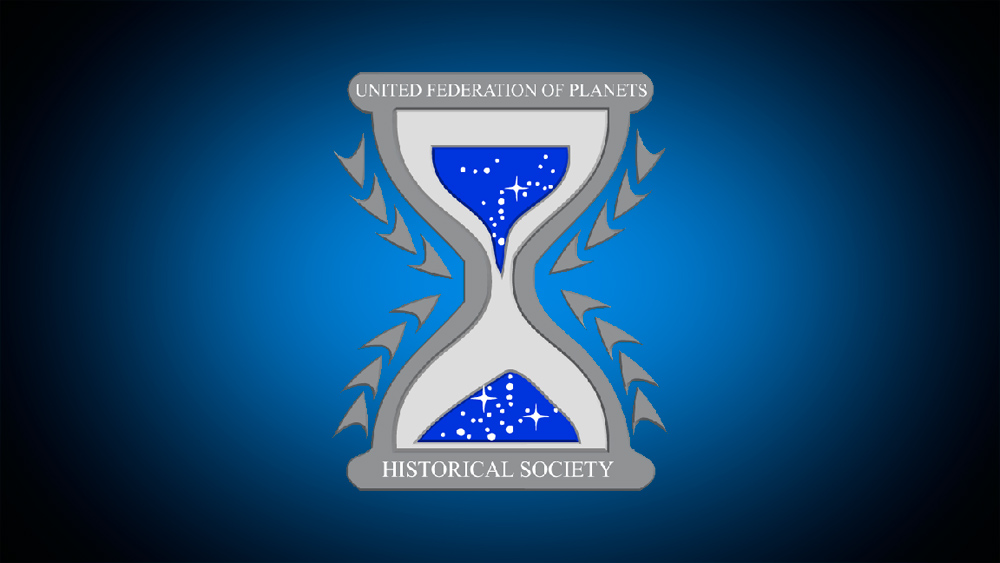Difference between revisions of "metric system"
m |
|||
| (One intermediate revision by the same user not shown) | |||
| Line 1: | Line 1: | ||
{{ImageInfoBox2|name=metric system}} | {{ImageInfoBox2|name=metric system}} | ||
| − | {{TableRow|title=Advertising|data={{ | + | {{TableRow|title=Advertising|data={{AmazonTOSBD}} {{AmazonSTSL}}}} |
|}</div> | |}</div> | ||
| − | + | {{BannerPrime}} | |
| − | + | First adopted in [[France]] in [[1799]], the metric system was a system of standardized measurements devised on [[Earth]].<ref name="Concordance"/> Each base unit could be divided or multiplied in increments of ten, as indicated by the prefix appended to the base unit. For example, a meter, the base unit of length,<ref name="TOS02"/> could be expressed as a kilometer, with the prefix ''kilo-'' indicating that the unit was 1000 meters; alternately, the prefix ''centi-'' in centimeter indicated that it was 1/100th of a meter.<ref name="STSL"/> | |
| + | {{Wikipedia|International_System_of_Units}} | ||
==Length== | ==Length== | ||
| − | A meter was the base unit of length in the metric system, and was roughly equivalent to 39 inches in the [[imperial system]], while a kilometer — 1000 meters — was approximately 0.6 miles in that system.<ref name="STSL"/> The [[First Federation warning buoy]] maintained a distance of 1,593 meters from the [[U.S.S. Enterprise NCC-1701|U.S.S. ''Enterprise'' NCC-1701]] when the starship made [[first contact]] with the [[First Federation]] on [[Stardate]] [[2266#SD1512|1512.2]]. The First Federation Starship ''[[Fesarius]]'' was so enormous, that even at a distance of 5,000 meters, it filled the [[viewscreen]].<ref name=" | + | A meter was the base unit of length in the metric system, and was roughly equivalent to 39 inches in the [[imperial system]], while a kilometer — 1000 meters — was approximately 0.6 miles in that system.<ref name="STSL"/> The [[First Federation warning buoy]] maintained a distance of 1,593 meters from the [[U.S.S. Enterprise NCC-1701|U.S.S. ''Enterprise'' NCC-1701]] when the starship made [[first contact]] with the [[First Federation]] on [[Stardate]] [[2266#SD1512|1512.2]]. The First Federation Starship ''[[Fesarius]]'' was so enormous, that even at a distance of 5,000 meters, it filled the [[viewscreen]].<ref name="TOS03"/> |
| − | + | {{Wikipedia|Metre}} | |
==Mass== | ==Mass== | ||
| − | A kilogram was the base unit of measurement for mass in the metric system. A kilogram, or 1000 grams, was equal to about 2.2 [[pounds]].<ref name="STSL"/> Very large masses could be expressed as [[metric ton|metric tons]], with each ton equal to 1000 kilograms.<ref name=" | + | A kilogram was the base unit of measurement for mass in the metric system. A kilogram, or 1000 grams, was equal to about 2.2 [[pounds]].<ref name="STSL"/> Very large masses could be expressed as [[metric ton|metric tons]], with each ton equal to 1000 kilograms.<ref name="TOS04"/> |
| − | + | {{Wikipedia|Kilogram}} | |
==Time== | ==Time== | ||
| Line 18: | Line 19: | ||
{{References}} | {{References}} | ||
<references> | <references> | ||
| − | |||
<ref name="TOS02">{{RefTOS02}}</ref> | <ref name="TOS02">{{RefTOS02}}</ref> | ||
<ref name="TOS03">{{RefTOS03}}</ref> | <ref name="TOS03">{{RefTOS03}}</ref> | ||
| + | <ref name="TOS04">{{RefTOS04}}</ref> | ||
| + | <ref name="Concordance">{{RefConcordance}}</ref> | ||
<ref name="STSL">{{RefSTSL}}</ref> | <ref name="STSL">{{RefSTSL}}</ref> | ||
</references> | </references> | ||
Latest revision as of 05:08, 30 March 2023
First adopted in France in 1799, the metric system was a system of standardized measurements devised on Earth.[1] Each base unit could be divided or multiplied in increments of ten, as indicated by the prefix appended to the base unit. For example, a meter, the base unit of length,[2] could be expressed as a kilometer, with the prefix kilo- indicating that the unit was 1000 meters; alternately, the prefix centi- in centimeter indicated that it was 1/100th of a meter.[3]
Length
A meter was the base unit of length in the metric system, and was roughly equivalent to 39 inches in the imperial system, while a kilometer — 1000 meters — was approximately 0.6 miles in that system.[3] The First Federation warning buoy maintained a distance of 1,593 meters from the U.S.S. Enterprise NCC-1701 when the starship made first contact with the First Federation on Stardate 1512.2. The First Federation Starship Fesarius was so enormous, that even at a distance of 5,000 meters, it filled the viewscreen.[4]
Mass
A kilogram was the base unit of measurement for mass in the metric system. A kilogram, or 1000 grams, was equal to about 2.2 pounds.[3] Very large masses could be expressed as metric tons, with each ton equal to 1000 kilograms.[5]
Time
See: time
Notes and References
- ↑ Trimble, Bjo (Author). Star Trek Concordance. Star Trek. Book , revised and updated edition. Citadel Press. 1995.
- ↑ Roddenberry, Gene (Executive Producer). "Where No Man Has Gone Before". Star Trek, season 1, episode 3 (Production number 02). Directed by James Goldstone. Written by Samuel A. Peeples. Desilu Productions. 22 September 1966.
- ↑ 3.0 3.1 3.2 Bormanis, Andre. Star Trek: Science Logs. Pocket Books, March 1998.
- ↑ Roddenberry, Gene (Executive Producer). "The Corbomite Maneuver". Star Trek, season 1, episode 10 (Production number 03). Directed by Joseph Sargent. Written by Jerry Sohl. Desilu Productions. 10 November 1966.
- ↑ Roddenberry, Gene (Executive Producer). "Mudd's Women". Star Trek, season 1, episode 6 (Production number 04). Directed by Harvey Hart. Written by Stephen Kandel. Desilu Productions. 13 October 1966.


